Cryogenic and cryonic technologies have gained significant attention in recent years, bringing revolutionary advancements across various industries. While both terms sound similar, it’s essential to distinguish between cryogenic and cryonic processes, as they have vastly different applications and implications within the business sector. Understanding Cryogenic Technology: Cryogenic technology refers to the branch of physics that focuses on the production and utilization of low temperatures. It involves cooling substances to extremely low temperatures, often below -150 degrees Celsius (-238 degrees Fahrenheit), to create a range of commercial applications.
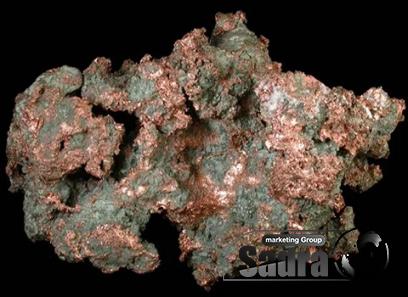
.
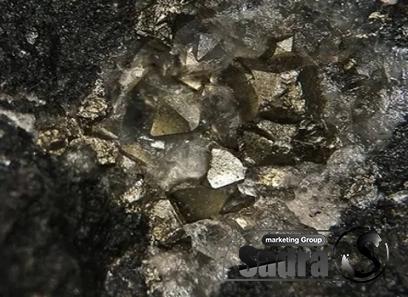 Applications of Cryogenic Technology in Business: 1. Medical Industry: Cryogenics has transformed various medical procedures, including cryosurgery, where extremely cold temperatures are used to freeze and remove abnormal tissues. Additionally, cryopreservation allows for long-term storage of biological samples like sperm, eggs, and embryos, facilitating assisted reproductive technologies. 2. Food Industry: Cryogenic processing has revolutionized the food industry by enhancing product quality, extending shelf life, and improving safety. Freezing foods at ultra-low temperatures quickly halts microbial growth, preserving freshness and nutritional content. Cryogenic freezing also allows companies to maintain high-quality standards during the transportation of perishable goods.
Applications of Cryogenic Technology in Business: 1. Medical Industry: Cryogenics has transformed various medical procedures, including cryosurgery, where extremely cold temperatures are used to freeze and remove abnormal tissues. Additionally, cryopreservation allows for long-term storage of biological samples like sperm, eggs, and embryos, facilitating assisted reproductive technologies. 2. Food Industry: Cryogenic processing has revolutionized the food industry by enhancing product quality, extending shelf life, and improving safety. Freezing foods at ultra-low temperatures quickly halts microbial growth, preserving freshness and nutritional content. Cryogenic freezing also allows companies to maintain high-quality standards during the transportation of perishable goods.
..
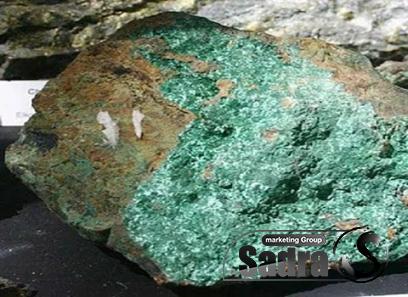 3. Aerospace Industry: Cryogenics plays a critical role in the aerospace sector, specifically in the propulsion systems of rockets and spacecraft. Cryogenic fuels, such as liquid hydrogen or liquid oxygen, offer superior performance due to their high energy density and efficient combustion. These cryogenic propellants enable longer flight durations, increased payload capabilities, and improved overall efficiency. Understanding Cryonic Technology: Cryonics refers to the practice of preserving human bodies or brains at extremely low temperatures with the aim of reviving them in the future. Cryonic technology involves using cryoprotectants or specialized chemicals to minimize damage during the freezing process and storing them in cryogenic chambers called dewars. Applications of Cryonic Technology in Business: 1. Biotech Research: Cryonic technology holds promise for preserving biological samples such as cells, tissues, and organs for an extended period. This is invaluable for biotech research, as it allows scientists to study disease states, develop new drugs, or potentially regenerate tissues in the future.
3. Aerospace Industry: Cryogenics plays a critical role in the aerospace sector, specifically in the propulsion systems of rockets and spacecraft. Cryogenic fuels, such as liquid hydrogen or liquid oxygen, offer superior performance due to their high energy density and efficient combustion. These cryogenic propellants enable longer flight durations, increased payload capabilities, and improved overall efficiency. Understanding Cryonic Technology: Cryonics refers to the practice of preserving human bodies or brains at extremely low temperatures with the aim of reviving them in the future. Cryonic technology involves using cryoprotectants or specialized chemicals to minimize damage during the freezing process and storing them in cryogenic chambers called dewars. Applications of Cryonic Technology in Business: 1. Biotech Research: Cryonic technology holds promise for preserving biological samples such as cells, tissues, and organs for an extended period. This is invaluable for biotech research, as it allows scientists to study disease states, develop new drugs, or potentially regenerate tissues in the future.
…
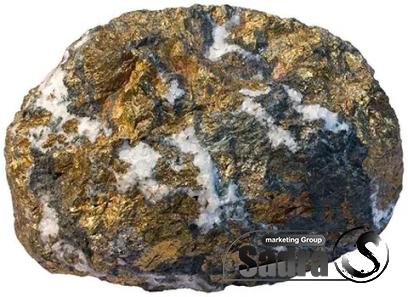 2. Life Insurance: Cryonics finds applications in the realm of life insurance, where individuals can opt to have their bodies or brains cryopreserved after death. Cryonic organizations offer this service as part of a post-mortem plan, providing a sense of hope for those who believe future technological advancements may enable revival. Conclusion: While both cryogenic and cryonic technologies deal with ultra-low temperatures, they diverge in their applications and implications within the business sector. Cryogenic technology has already become an integral part of various industries, including medicine, food, and aerospace, offering practical solutions to an array of challenges. In contrast, cryonic technology remains a subject of scientific and ethical debate, with applications primarily limited to biotech research and life insurance. As advancements in cryogenic and cryonic technologies continue, businesses are likely to see further opportunities arise within multiple sectors. It is essential for industry professionals to understand these differences to make informed decisions and leverage the full potential of these groundbreaking technologies.
2. Life Insurance: Cryonics finds applications in the realm of life insurance, where individuals can opt to have their bodies or brains cryopreserved after death. Cryonic organizations offer this service as part of a post-mortem plan, providing a sense of hope for those who believe future technological advancements may enable revival. Conclusion: While both cryogenic and cryonic technologies deal with ultra-low temperatures, they diverge in their applications and implications within the business sector. Cryogenic technology has already become an integral part of various industries, including medicine, food, and aerospace, offering practical solutions to an array of challenges. In contrast, cryonic technology remains a subject of scientific and ethical debate, with applications primarily limited to biotech research and life insurance. As advancements in cryogenic and cryonic technologies continue, businesses are likely to see further opportunities arise within multiple sectors. It is essential for industry professionals to understand these differences to make informed decisions and leverage the full potential of these groundbreaking technologies.
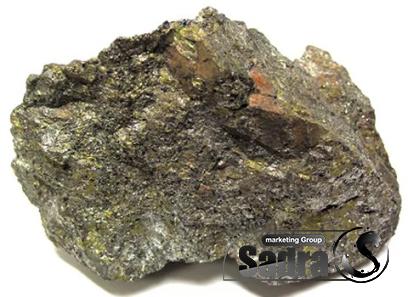
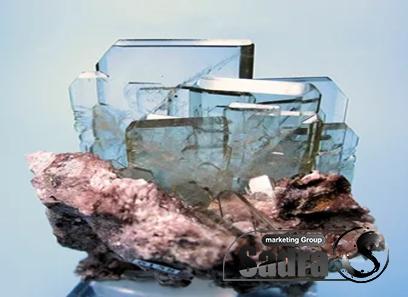
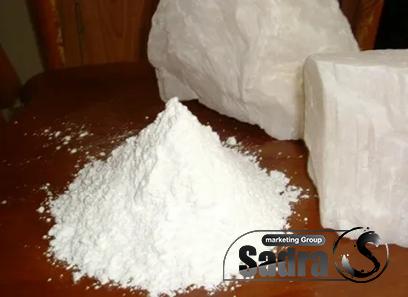
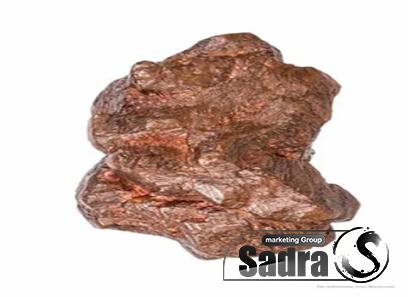
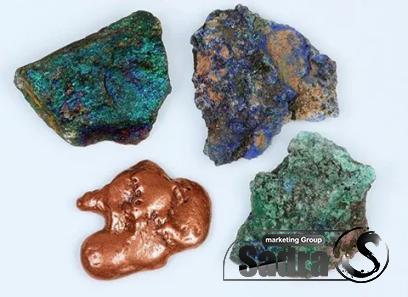

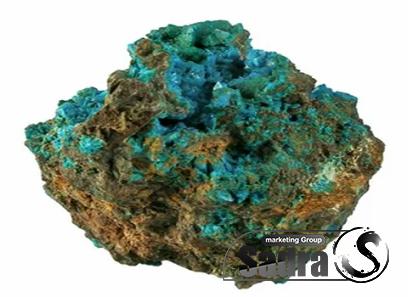
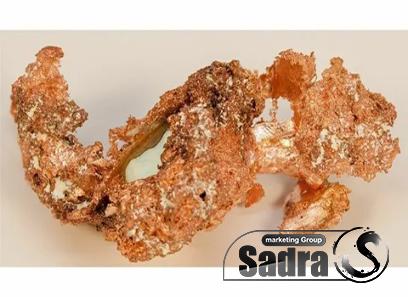
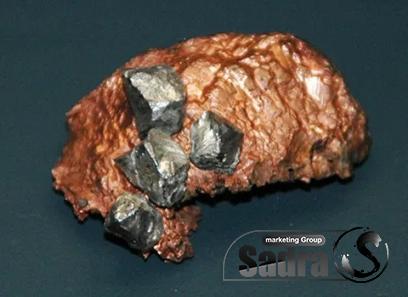
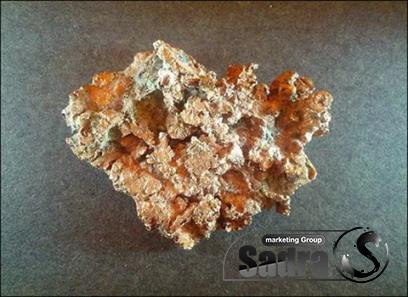
Your comment submitted.